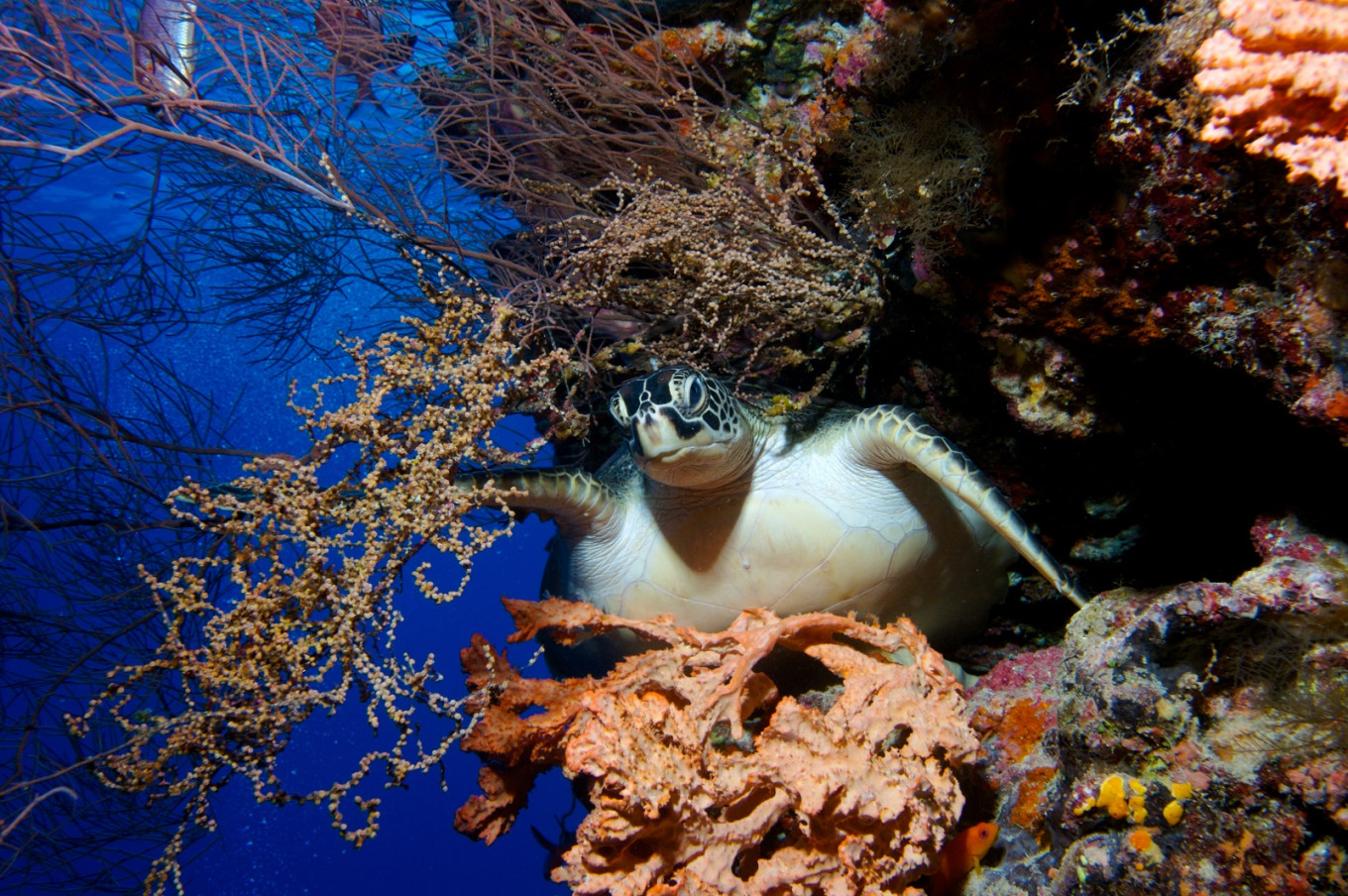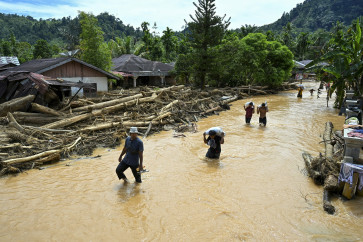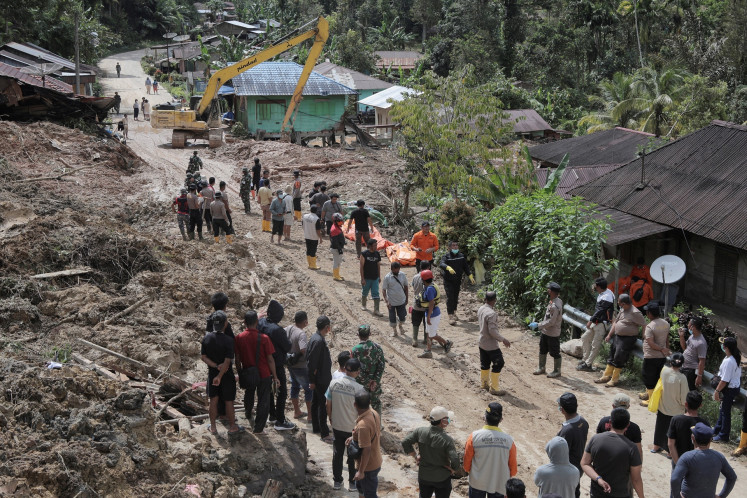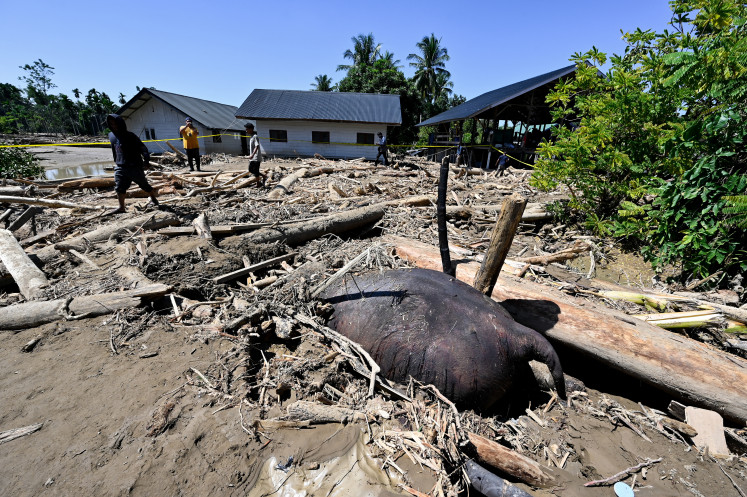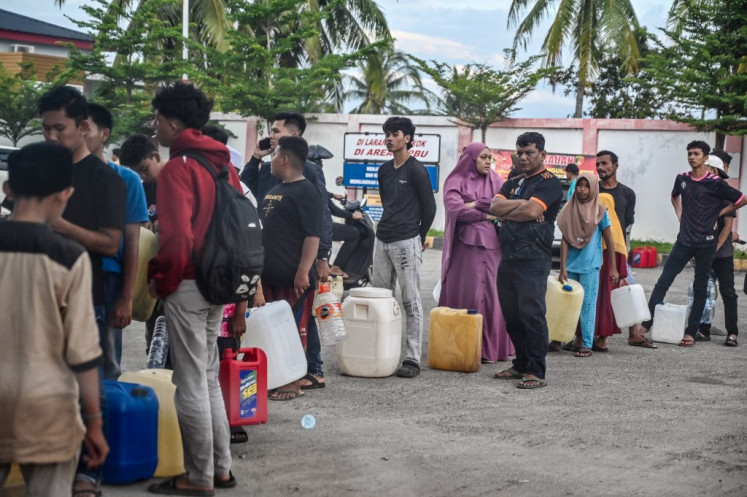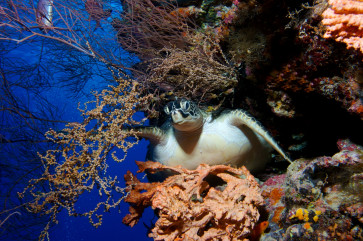Popular Reads
Top Results
Can't find what you're looking for?
View all search resultsPopular Reads
Top Results
Can't find what you're looking for?
View all search resultsConserving sea turtles, conserving our future
The loss of sea turtles will jeopardize jobs and coastal economies, especially in developing countries.
Change text size
Gift Premium Articles
to Anyone
S
ea turtles have roamed the oceans for the last 110 million years. Having existed for so long, however, does not mean that sea turtles live stress-free lives. In fact, current sea turtle populations are greatly threatened by several human activities, such as unselective fisheries, direct take, predation, light pollution, illegal trade, habitat loss and climate change, to name a few.
Most of these threats are induced by humans and have caused sea turtle populations to plummet in the last few decades. Globally, all seven species of sea turtles are either classified as vulnerable, endangered or critically endangered by the International Union for Conservation of Nature’s Red List, meaning that the populations have been reduced by at least 50 percent, 70 percent or 90 percent over the last three generations.
If the pressures continue with no intervention, sea turtles might be wiped out from the face of the earth, and we lose ecosystem engineers that help maintain the oceans as we know. Losing sea turtles ecologically means habitats such as seagrass beds and coral reefs may decrease in quality, the ocean food web will become more imbalanced (as sea turtles help control jellyfish populations and provide food for other fish), nutrient cycling processes will also be staggered and small sea creatures will lose their homes.
The loss will not just be ecological, as socioculturally many coastal communities have a deep affinity with sea turtles. Sea turtles are either their main source of protein and/or play an important cultural role to be revered or even believed as ancestors.
Financially, sea turtles are worth more alive than dead, especially from a tourism point of view. The biggest and the most established sea turtle tourism spot is the Tortuguero National Park in Costa Rica, which brings in US$6.7 million annually in revenue. The loss of sea turtles will jeopardize jobs and coastal economies, especially in developing countries.
Lastly, being in nature and getting amazed by it has been proven to improve human wellbeing. Imagine losing such bequest value when our future generations cannot see or experience majestic creatures such as a sea turtle.
The bigger question however is: how are the sea turtles located in the Arafura and Timor Seas (ATS) region, a large marine ecosystem shared by Australia, Indonesia, Papua New Guinea and Timor-Leste, doing?

